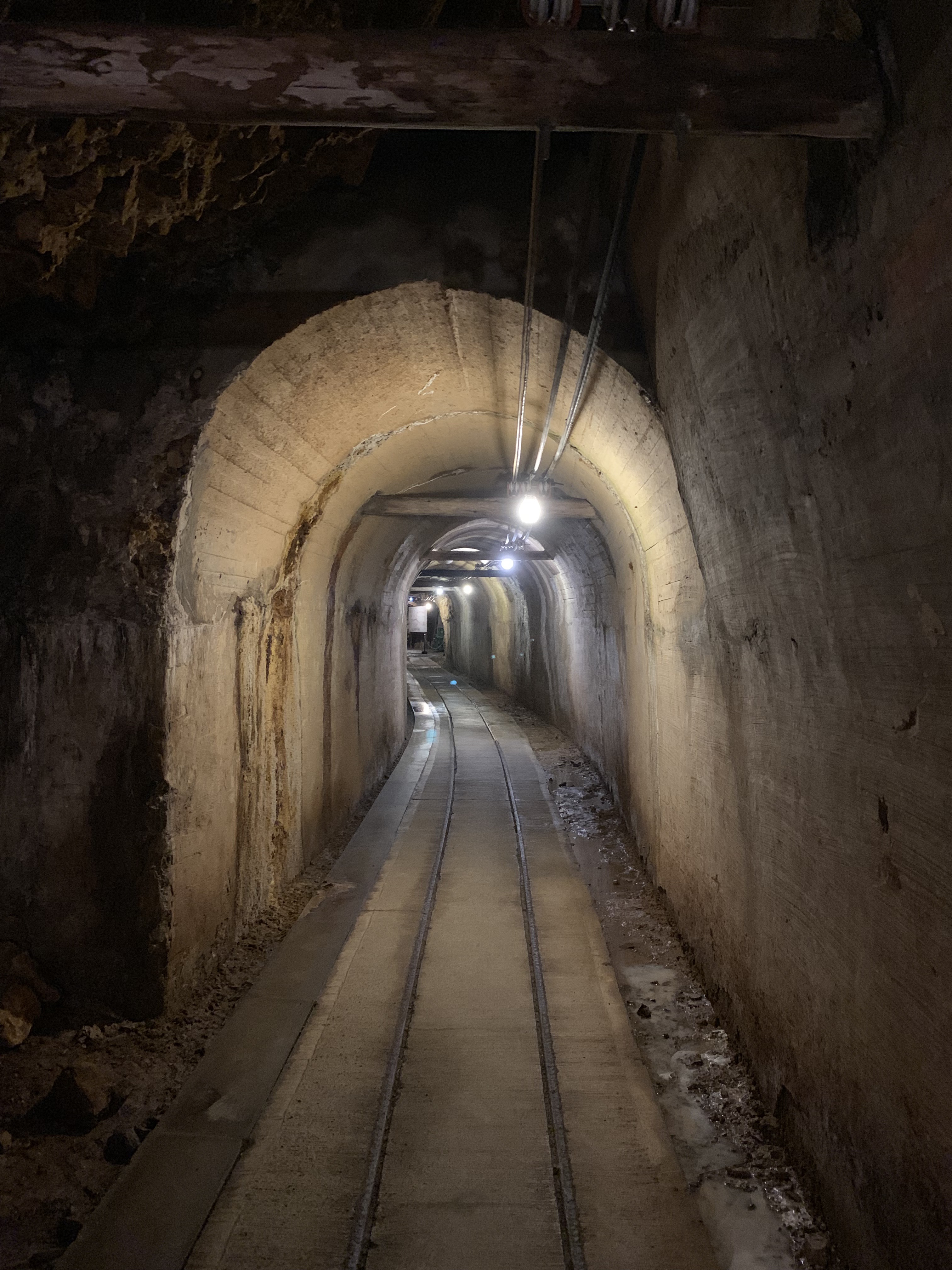[Mar] Concerns rise over Japan’s push for UNESCO listing of Sado Mine
Date Mar 27, 2022
 Interior of the Sado Mine / Courtesy of Jung Hye Kyung, Northeast Asian History Foundation
Interior of the Sado Mine / Courtesy of Jung Hye Kyung, Northeast Asian History Foundation
●Seoul has protested Tokyo’s “ignoring the painful history of the forced labor of Koreans."
●Historians noted Japan deliberately limited the mine’s nomination to the Edo Period.
The Japanese government's attempt to inscribe on the 2023 UNESCO World Heritage list a former gold mine linked to wartime forced labor is becoming an issue.
The controversy centers on the Cabinet of Prime Minister Fumio Kishida ignoring Korea and international academics’ protests over Sado Mine.
Historians have pointed out that Japan has deliberately restricted its World Heritage nomination to the Edo period, excluding Sado's darker World War II-era history. Imperial Japan’s archives show that over a thousand Koreans were conscripted to work in its mines during Japan's 1910-1945 colonial rule over Korea.
Gold and silver began to be mined on Sado in the 12th century. The island lies about 50 km west of Niigata City and is part of Niigata Prefecture. The last mine there was closed in 1989.
The Japanese government claims that the Korean workers were legally mobilized as citizens of the Japanese empire in a nationwide industrial drive and that they were treated the same as the Japanese nationals who were also conscripted.
But those claims are not accepted by international institutions. According to the International Labour Organization’s Forced Labour Convention No. 29, forced or compulsory labor is any work or service exacted from a person under the threat of a penalty and for which the person has not offered himself or herself voluntarily. Historians say that Japanese government records listing Korean laborers who escaped from Sado Mine prove the workers did not come voluntarily.
Political commentators believe that Japan’s conservative Liberal Democratic Party is leading the narrow interpretation of history in order to consolidate support from right-wing groups prior to the election for the House of Councillors – the upper house of the National Diet – set for July 2022.
On January 28, Japanese Prime Minister Fumio Kishida officially announced plans to nominate the gold and silver mines on Sado Island for the 2023 UNESCO World Heritage list. Four days later on February 1, the Japanese government wrote a letter of recommendation for Sado Mine ahead of the deadline.
 The old Kitazawa Flotation Plant on Sado Island / Courtesy of Jung Hye Kyung, Northeast Asian History Foundation
The old Kitazawa Flotation Plant on Sado Island / Courtesy of Jung Hye Kyung, Northeast Asian History Foundation
The Korean government has lodged strong protests. On January 31, Seoul's Second Vice Foreign Minister Choi Jong-moon summoned Japanese Ambassador to Korea Koichi Aiboshi over the matter and said in a statement that Japan is "ignoring the painful history of the forced labor of Koreans." At a trilateral meeting with the United States in Hawaii on February 12, Seoul's Foreign Minister Chung Eui-yong again raised the issue with his Japanese counterpart, Yoshimasa Hayashi, which reportedly led Japan to protest.
Controversies over conservative Japanese officials revising history are not new. In July 2015, Japan had 23 sites of the Meiji Industrial Revolution listed as UNESCO World Heritage, including Hashima Island in Nagasaki where Koreans were forced to work during Japan’s occupation of the Korean Peninsula.
 Interior of the Sado Mine / Courtesy of Jung Hye Kyung, Northeast Asian History Foundation
Interior of the Sado Mine / Courtesy of Jung Hye Kyung, Northeast Asian History Foundation
At the time, Japan pledged to Korea and UNESCO that it would exhibit the historical truth of forced labor in an appropriate manner, a promise that the Japanese government broke less than two years later. In its reports to UNESCO in 2017 and 2019, Japan did not include the history of forced labor.
Japan then repeated distortions of history in the exhibition at the government-funded Industrial Heritage Information Center in Tokyo, which opened in July 2020. It includes testimony from a former resident of the island who said that no discrimination occurred against Korean mine workers.
In July 2021, just ahead of the Tokyo Olympics, the World Heritage Committee expressed "strong regret" over Japan failing to live up to its promise to exhibit the full historical truth.
For more, please visit: https://www.koreaonpoint.org/view.php?idx=70, https://www.koreaonpoint.org/view.php?idx=69, https://www.koreaonpoint.org/view.php?idx=68
**If you have any questions about this article, feel free to contact us at kocis@korea.kr.**

The Ministry of Culture, Sports and Tourism's "Korea Here & Now" work can be used under the condition of "Public Nuri Type 1 (Source Indication)."




